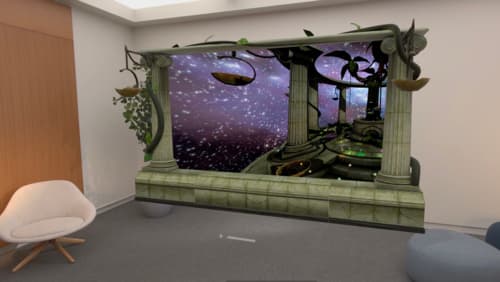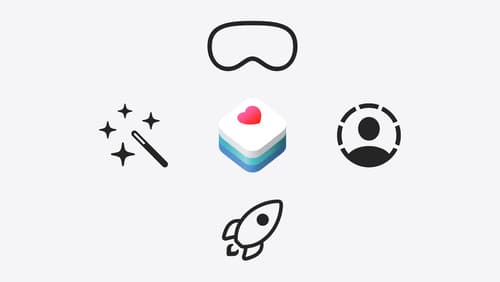how
Asked on 2024-10-05
1 search
It seems like your question is incomplete. However, I can provide some information about the content presented by Apple at WWDC 2024 based on the context provided.
One of the key highlights from the WWDC 2024 was the introduction of RealityKit 4, which simplifies the process of rendering 3D models across macOS, iOS, and iPadOS. This update allows developers to create compelling 3D and spatial experiences more easily. RealityKit 4 also includes new capabilities and tools like Reality Composer Pro, which were initially exclusive to visionOS but are now available across other Apple platforms.
For those interested in game development, the session "Port advanced games to Apple platforms" provides insights into configuring projects for macOS and iOS, bringing shaders and graphics to Metal, and optimizing input support, including audio and cloud saves.
If you have a specific question or need a timestamp for a particular session, please let me know!

Bring your iOS or iPadOS game to visionOS
Discover how to transform your iOS or iPadOS game into a uniquely visionOS experience. Increase the immersion (and fun factor!) with a 3D frame or an immersive background. And invite players further into your world by adding depth to the window with stereoscopy or head tracking.

Get started with HealthKit in visionOS
Discover how to use HealthKit to create experiences that take full advantage of the spatial canvas. Learn the capabilities of HealthKit on the platform, find out how to bring an existing iPadOS app to visionOS, and explore the special considerations governing HealthKit during a Guest User session. You’ll also learn ways to use SwiftUI, Swift Charts, and Swift concurrency to craft innovative experiences with HealthKit.

Build a spatial drawing app with RealityKit
Harness the power of RealityKit through the process of building a spatial drawing app. As you create an eye-catching spatial experience that integrates RealityKit with ARKit and SwiftUI, you’ll explore how resources work in RealityKit and how to use features like low-level mesh and texture APIs to achieve fast updates of the users’ brush strokes.
